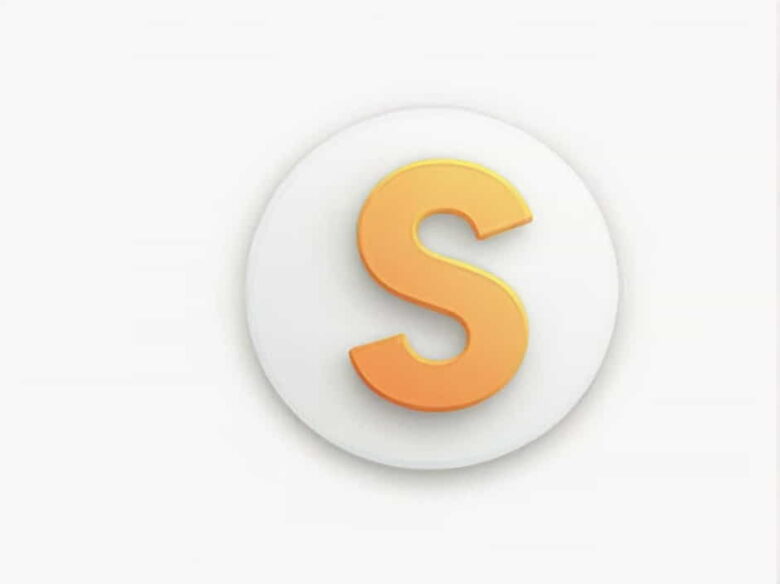SCAMPER is a widely used creative thinking and problem-solving technique that helps individuals and businesses generate new ideas, improve products, or refine processes. The acronym SCAMPER stands for Substitute, Combine, Adapt, Modify, Put to another use, Eliminate, and Reverse each representing a different approach to innovation.
we will focus on the first element, ‘S’ for Substitute, exploring its meaning, applications, and benefits in various fields.
What Does ‘S’ in SCAMPER Stand For?
The ‘S’ in SCAMPER stands for ‘Substitute.’ This technique encourages individuals to replace components, materials, processes, or ideas with alternatives to create something new or improve efficiency. By asking, What can be substituted?, innovators can find fresh approaches to problem-solving.
Substituting elements can lead to significant improvements in product design, business strategies, and even daily routines. Whether it’s replacing ingredients in a recipe, changing materials in a manufacturing process, or swapping marketing strategies, substitution fosters adaptability and innovation.
The Importance of Substitution in Creativity
Substitution is a crucial part of creative problem-solving because it challenges existing norms and encourages exploration of new possibilities. By substituting elements, businesses can:
- Enhance product efficiency Finding alternative materials or components can improve performance and durability.
- Reduce costs Replacing expensive resources with cost-effective substitutes can increase profitability.
- Improve sustainability Using eco-friendly alternatives can help reduce environmental impact.
- Boost innovation Trying different approaches can lead to groundbreaking solutions.
How to Apply the ‘Substitute’ Technique
To effectively use substitution in SCAMPER analysis, ask the following questions:
- What materials, ingredients, or components can be replaced?
- Can we swap out a key process or step?
- Is there a different person, team, or supplier who can perform this task?
- Can we substitute an old technology with a new one?
- What rules, methods, or strategies can be changed?
By answering these questions, individuals and organizations can identify opportunities for improvement and innovation.
Examples of Substitution in Different Industries
1. Business and Marketing
Companies often substitute traditional marketing strategies with digital alternatives. For example, replacing newspaper advertisements with social media marketing allows businesses to reach a wider audience at a lower cost.
2. Manufacturing and Product Development
Many manufacturers replace plastic packaging with biodegradable materials to align with environmental regulations and consumer preferences. Substituting synthetic fabrics with organic cotton is another example seen in the fashion industry.
3. Food Industry
Food companies frequently use substitution to cater to different dietary needs. For example, replacing dairy milk with almond milk or soy milk provides options for lactose-intolerant consumers.
4. Education and Training
Traditional classroom learning is increasingly being replaced by online education and virtual training programs, making learning more accessible and flexible.
5. Technology and Innovation
The tech industry thrives on substitution. Replacing wired connections with wireless technology has revolutionized communication, while cloud computing has replaced physical storage devices.
Challenges of Using the Substitute Technique
While substitution can drive innovation, it also presents challenges:
- Compatibility Issues Not all substitutes work seamlessly with existing systems.
- Quality Concerns Some alternatives may not meet the same standards as the original.
- Consumer Acceptance Customers may be resistant to changes, especially if they are loyal to a particular product or method.
- Cost of Implementation Switching to new materials, processes, or strategies may require significant investment.
To overcome these challenges, businesses must conduct thorough testing and market research before implementing substitutions.
The ‘S’ in SCAMPER, which stands for ‘Substitute,’ is a powerful tool for fostering creativity and innovation. By replacing materials, processes, or ideas with alternatives, individuals and businesses can improve efficiency, reduce costs, and stay competitive in a rapidly changing world.
Understanding and applying the substitute technique effectively requires thoughtful analysis and experimentation. Whether in business, education, manufacturing, or technology, substitution helps drive progress and open doors to new opportunities.



